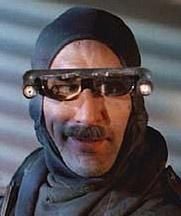Google’s new video generation AI model Lumiere uses a new diffusion model called Space-Time-U-Net, or STUNet, that figures out where things are in a video (space) and how they simultaneously move and change (time). Ars Technica reports this method lets Lumiere create the video in one process instead of putting smaller still frames together.
Lumiere starts with creating a base frame from the prompt. Then, it uses the STUNet framework to begin approximating where objects within that frame will move to create more frames that flow into each other, creating the appearance of seamless motion. Lumiere also generates 80 frames compared to 25 frames from Stable Video Diffusion.
Beyond text-to-video generation, Lumiere will also allow for image-to-video generation, stylized generation, which lets users make videos in a specific style, cinemagraphs that animate only a portion of a video, and inpainting to mask out an area of the video to change the color or pattern.
Google’s Lumiere paper, though, noted that “there is a risk of misuse for creating fake or harmful content with our technology, and we believe that it is crucial to develop and apply tools for detecting biases and malicious use cases to ensure a safe and fair use.” The paper’s authors didn’t explain how this can be achieved.
Synopsis excerpted from The Verge article.



Having used diffusion a bit for static images, I can only look forward to the eldrich horrors it will inevitably create.